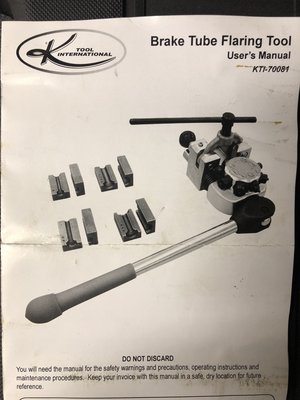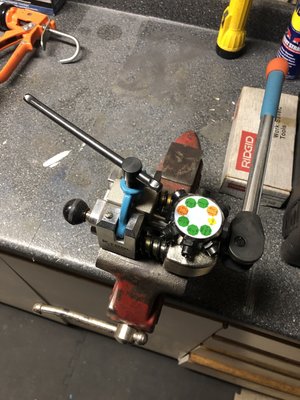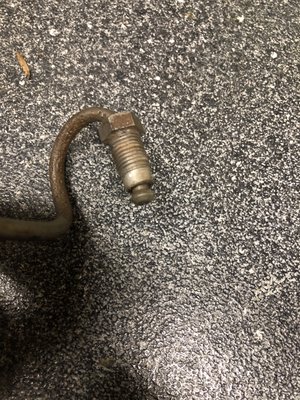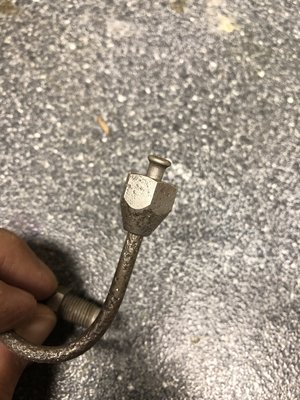Correct Flare type for Bundy lines
I am building up my new chassis & am at the stage of making up Brake lines. I have purchased 3/16 bundy from the UK & have 3/8-24 male & female fittings from a variety of sources including FedHill here in the US - https://store.fedhillusa.com/britishgirling-316475nutsandfittings.aspx
I purchased the Blue Point TF528E Flare & Double Flare tool & was quite happily putting double flares on both male & female fitting ends.
Coincidentally I just overhauled my Front brake calipers & noticed the small pipe had a diffferent form on the male fitting end of the short pipe - looks like what FedHill refer to as "British Girling nut with old style bubble flare" on page 1 lower right hand corner of the attached document.
I've done a lot of research trying to confirm this, best document seems to be this info from Dave Bean's catalog:
So can someone please confirm or correct:
1. Male fittings use a Bubble flare,
2. Female fittings get the double Flare
Fortunately I've only made one (1) male fitting & looks like the bubble flare can be made with my tool - Like this: - https://www.youtube.com/watch?v=HVbHk0kkX8k
I purchased the Blue Point TF528E Flare & Double Flare tool & was quite happily putting double flares on both male & female fitting ends.
Coincidentally I just overhauled my Front brake calipers & noticed the small pipe had a diffferent form on the male fitting end of the short pipe - looks like what FedHill refer to as "British Girling nut with old style bubble flare" on page 1 lower right hand corner of the attached document.
I've done a lot of research trying to confirm this, best document seems to be this info from Dave Bean's catalog:
So can someone please confirm or correct:
1. Male fittings use a Bubble flare,
2. Female fittings get the double Flare
Fortunately I've only made one (1) male fitting & looks like the bubble flare can be made with my tool - Like this: - https://www.youtube.com/watch?v=HVbHk0kkX8k



